By Dan Weisz
Every March, a Hawk Watch is held in Tubac at Ron Morriss Park. The Santa Cruz River corridor serves as an avian highway for raptors flying north for the spring and summer. The migration peaks in March, prompting birders and onlookers to station themselves in the park for hopefully good looks at the dozens or hundreds of raptors that pass by overhead each day. Arizona is known for the number of rare bird species that are only seen in the United States in Arizona, and in particular, in Southern Arizona. I got good looks at a few.
As in practically every ball park and field in the Foothills and in southern Arizona, there were Vermilion Flycatchers present. This one was singing but his “lips” or bill barely moved. His neck feathers show that he is singing.
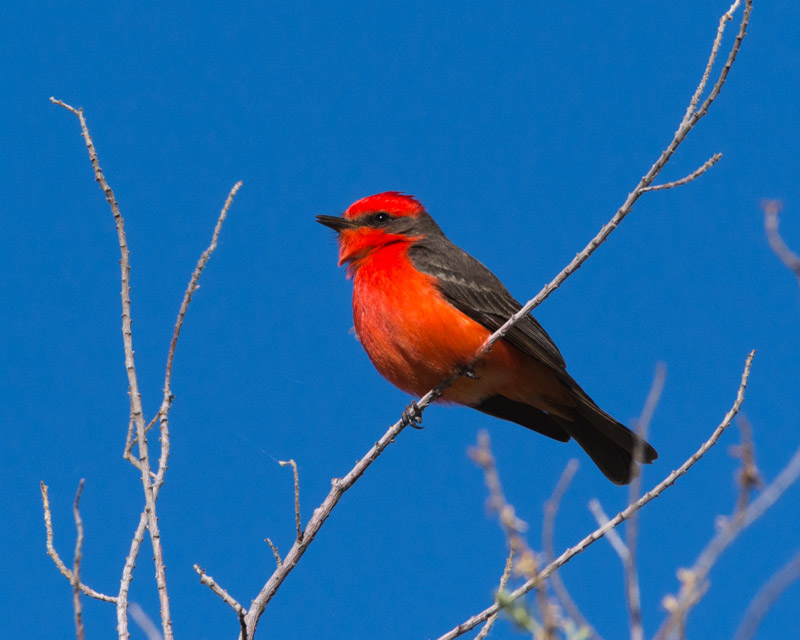
Vermilion Flycatchers are found in other southwestern states, but not too many of them. The range maps in this email are from Cornell.
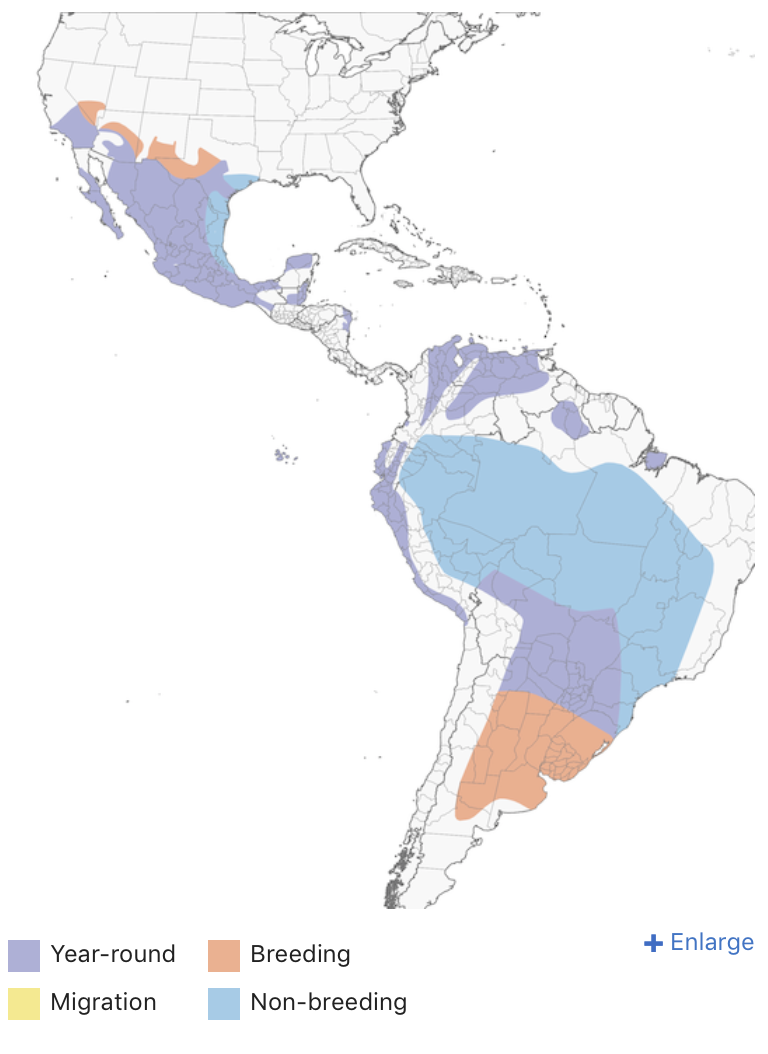
The Gray Hawks have moved into the riparian area near Tubac. Most of the 200+ breeding pairs that come to southern Arizona have already arrived. They will raise their young and then return to their home range some time in the fall. Gray Hawks do not migrate anywhere else in their range. While we are not sure why we are blessed with these 200+ pairs, we are fortunate to have them as summer guests. Gray Hawks are not seen in the Tucson area but we have many very similar looking birds in our Cooper’s Hawks. They are also gray-backed and are accipiters, a genus and shape that the Gray Hawk resembles. If you see a gray raptor in the Foothills, darting among the trees chasing birds or perhaps swooping through your yard attacking the birds at your feeders, you are seeing a Cooper’s Hawk, not a Gray Hawk. To see Gray Hawks, visit any of the Sky Island mountain ranges south of Tucson.
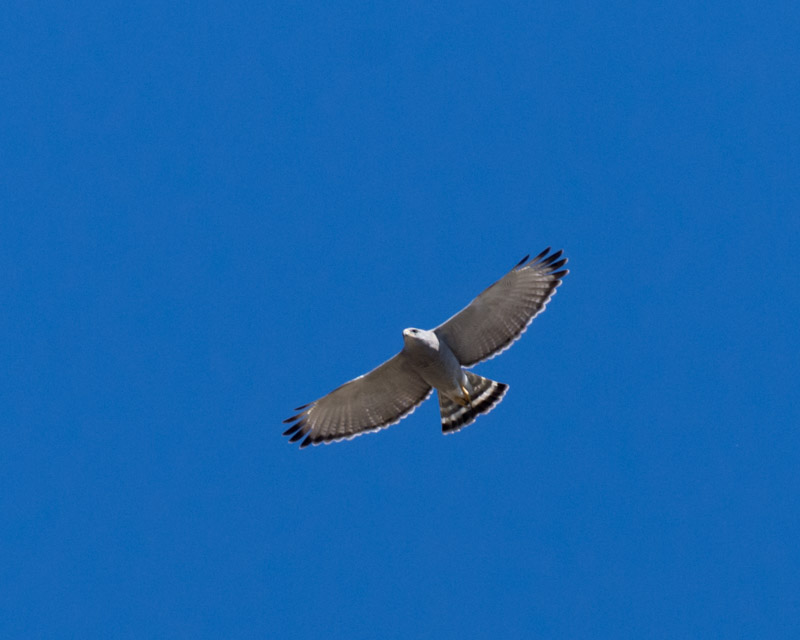
The Gray Hawk Range Map shows their rare occurrence in the United States.
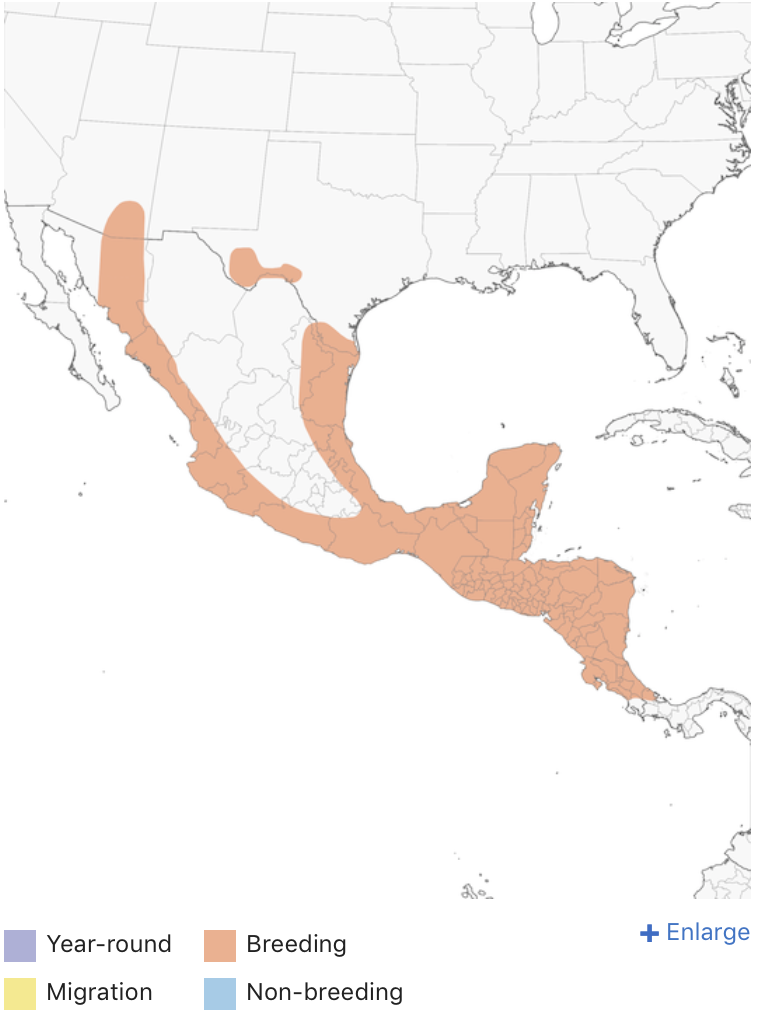
While we were watching for hawks, a local landscape company began a burn at the adjacent water treatment ponds. This added smoke and haze to the area but the flames were interesting to watch.
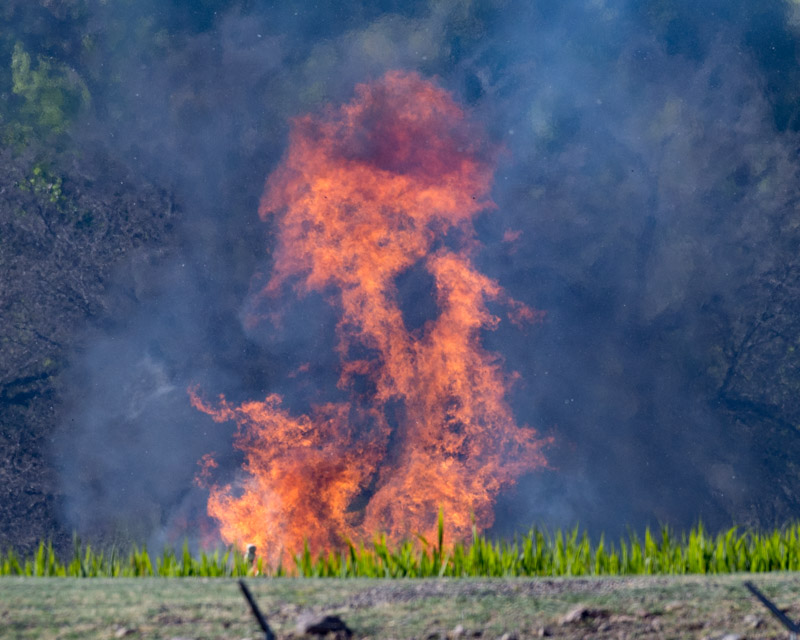
And the Common Black Hawks did not disappoint. These hawks have very broad, bulging wings which, accompanied by their short tail, give a very unique look to these birds. They have that thick white band on their tails that assists with the ID.
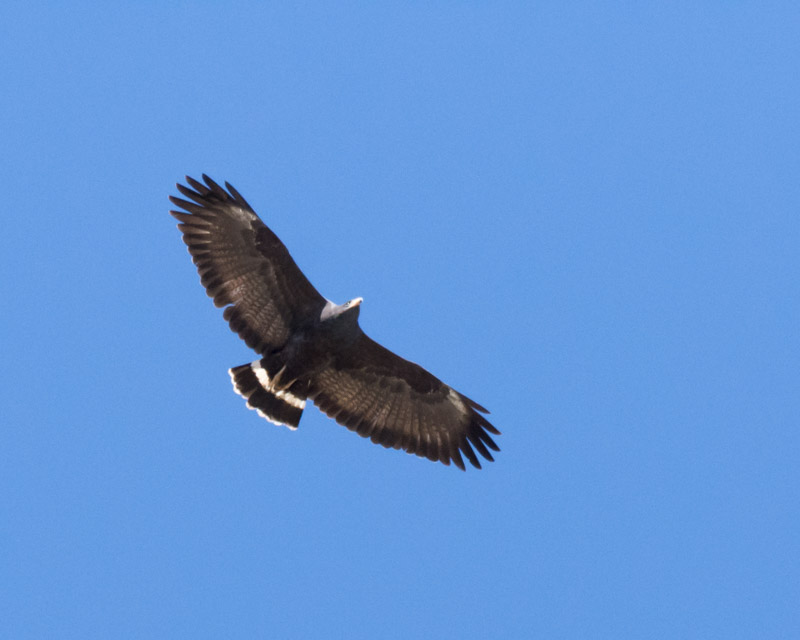
Similar to the Gray Hawk, this species is resident from northern Mexico south through Central America and into northern South America. Within most of its range, it does not migrate, but about 250 breeding pairs do migrate north into the United States, settling mostly in central Arizona. They are definitely not common.
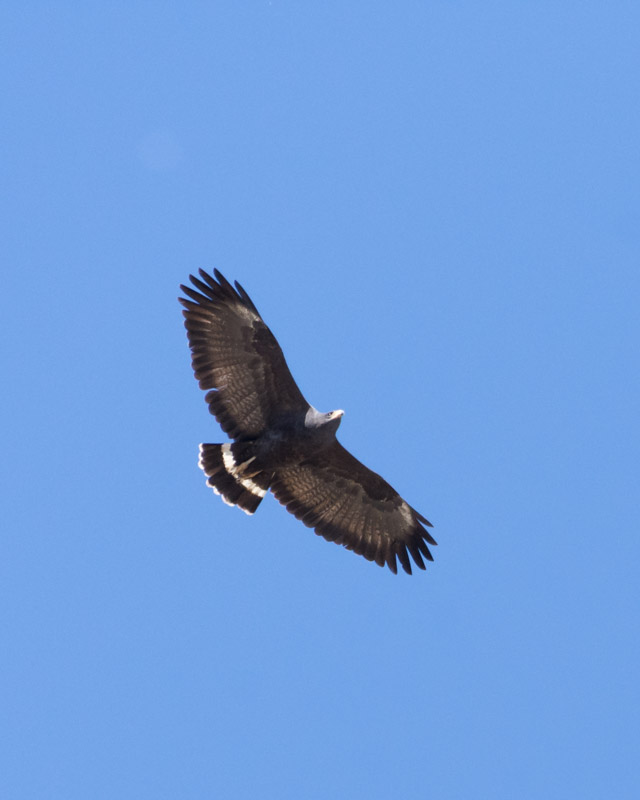
Here again, you can see that if anyone in the United States wishes to see this bird within the United States, Arizona is the place to visit.
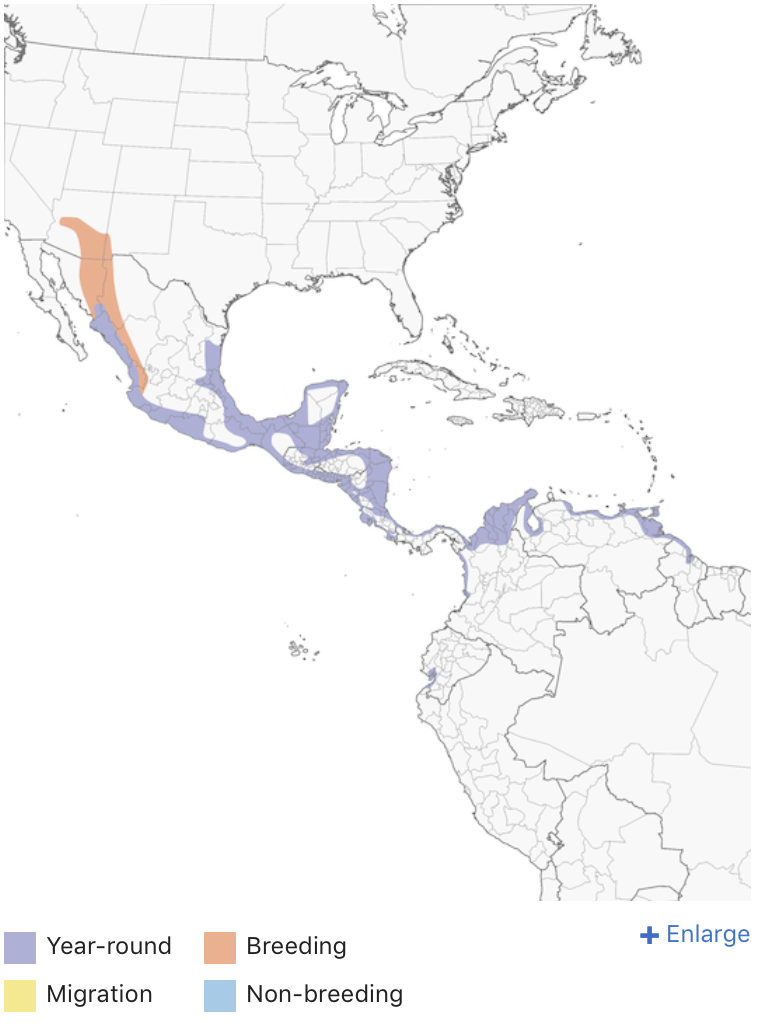
We also saw a number of Turkey Vultures soaring north along with Zone-tailed Hawks (no suitable photos due to the birds’ height, distance, and haze in the air), Cooper’s Hawks, and Common Ravens. It was a good morning. Circle your calendar for next March in Tubac.
